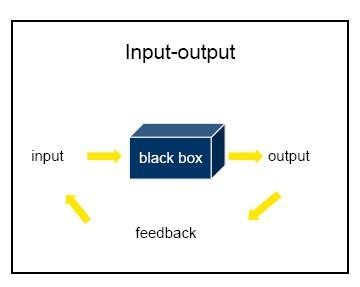As you know that there are different types of testing in the field of software testing, it is vital to have knowledge about them. In the previous post, we discussed about white box testing and today, we are here to discuss on second type of testing that is done after white box testing which is known as BBT.
[leaderad]
The word “BBT” stands for “Black Box Testing”. It is one of the popular famous testing types and is done once you are finished with white box testing. BBT is the second step of testing or method of testing done in software testing.
Let’s check out the complete details about this useful form of testing to get a better overview of its working.

What is meant by Black Box Testing (BBT)?
Black Box Testing is a functional testing and is used to test the software application or product without having any knowledge of the internal workings of the software application/product. This testing focuses only on the final outputs of software device. It has nothing to do with internal logic and structure of a code and only aims for final valid/correct input.
BBT testing aims at removing all occurring and residing bugs/errors/defects from the software. This testing is also known as “Behavioral Testing”, “Functional Testing”, “Opaque-Box Testing” and “Closed-Box Testing”.
Why to perform Black Box Testing (BBT)?
BBT is done to check and avoid for: Functional errors, GUI errors, Incorrect or missing functions, Interface errors, Database and Data structure errors, Performance errors, Initialization and termination errors, etc. This type of testing also helps to remove all bugs/defects from the software by using both manual and automation testing.
How to perform Black Box Testing (BBT)?
1) Gather and analyze the requirements of the client for the software.
2) Prepare a detailed Test plan. Test plan must include all things that need to be tested for the software such as test cases, test scenarios, test environment, test tools, test resources, etc.
3) Execute your written test cases for each and every software module running according to given requirements. Here in this step, you need to perform each and every testing procedure as required.
4) Generate bug reports for the bugs found and report for fixing them. After fixing, perform final testing to ensure optimal quality of software.
Pros:
- Best for large and complex codes and projects
- Can be done without having any knowledge of coding
- Effective, Efficient ad Strong testing type for finding bugs
- Finds functional, GUI, performance, database errors
- No need for knowledge of internal working of the software system
- Designed quickly when functional specifications are completed
Cons:
- Can’t find all kinds of bugs/defects/errors
- Manual testing is time consuming
- Frequent GUI changes causes problem in creating effective test cases
- Difficult to find all possible inputs in lesser time
- Test cases creation can be challenging sometimes
What are different Black Box Testing (BBT) types?
There are different BBT types and some of them:
Functional testing, Integration testing, System testing, Acceptance testing, Regression testing, Sanity testing, Smoke testing, Load testing, Stress testing, Performance testing, Volume testing, Recovery testing, Localization testing, Security testing, Scalability testing, Usability testing, Compatibility testing, and lots more.
What are different Black Box Testing (BBT) techniques?
Using BBT techniques, you create your test inputs for any type of requirements. Check below 5 BBT techniques helpful for the every tester in software testing.
- Equivalence Class Partitioning
- Boundary Value Analysis
- Cause-Effect Graphing Technique
- Decision Table based testing
- Error Guessing
Wrapping Up
We hope that this blog post provides you a better insight about the usefulness of black box testing in today’s technological world.
If you have something to add-on, please feel free to share it in the comments.

